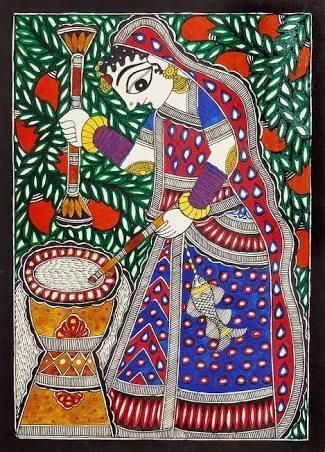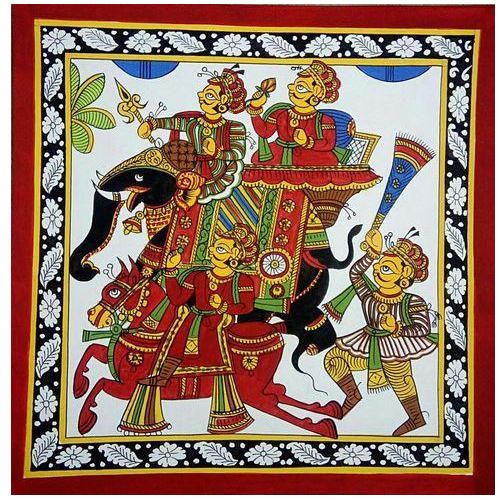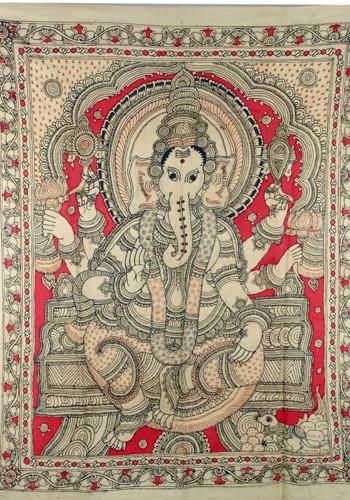Folk Arts Of India!!
Jun 08, 2019 • 148 views
Madhubani
Madhubani is also called Mithilai art. It originated in the kingdom of Janak (Sita's father in the epic Ramayana) in Nepal and in present day Bihar. It is one of the most popular Indian folk, practiced mostly by women. It has clear geometric patterns and the themes are based on God, Goddess animals and plants. The word came to know of this art after the 1932 earthquake, when British officers found them in ruin houses. Art critic William G Archer said that they were similar to the work of Picasso and Miro.

Warli
These paintings are done by Warli tribes in the Western Ghats. This form has been around since 2500 BC, which makes it one of the oldest art forms in India. Warli tries use circles, triangles and squares to form numerous shapes and depict daily activities like fishing, hunting, festival, dance and funerals. The human shape in Warli is a circle and two triangles. All the paintings are done in white on a red, ochre or dark background.

Tanjore
Tanjore paintings originate in 1600 AD in the Tanjore Kingdom of South India .this article was encouraged by the Nayak kings. You can recognise Thanjavur painting by the use of gold foil which glitters and lends the painting a surreal look. These panel painting on wooden planks depict devotion to God and Goddesses and saints. It borrows its style from Maratha and Deccani art, as well as European style.

Kalighat
As the name suggest these painting style comes from Kalighat, Bengal. it was discovered in 19 century when the British ruled India .these painting, on cloth and pattas (leaves), at first depicted Gods and Goddesses. Later the artist began to choose social reforms as they themes. They painted on cheap paper using colour pigments and Squirrel hair brushes. The beauty of Kalighat painting came mostly from neat brush strokes and simple but bold drawings. The Idea was to create awareness about social conditions.

Phad
Originating in Rajasthan, Phad is mainly a religious form of scroll painting, depicting folk deities like Pabuji or Devnarayan. The 15 to 30 feet long Canvas for cloth on which the paintings are made is called Phad. Vegetable colours are used and a running narrative of the lives and heroic deeds of deities characterized this painting.

Cheriyal
This is a dying Art form found in Telangana and is followed only by the Nakashi family, where it has been passed down through generations. Artist paint scenes from The Puranas and epics on 40 feet scroll. Saints and singers who wandered through villages carried these scrolls to display the pictures as they narrated the stories. The panels have paintings resembling comic strips, you see a newspaper, with about 50 pictures on each scroll.

Kalamkari
Literally meaning drawing with a pen, Kalamkari is of 2 types in India, Machilipatnam which originates from Machilipatnam in Andhra Pradesh and Srikalahasti which originates from Chittoor in the same state. The former refers to a block printing form of art while the latter is a free flowing, with the pen on fabric. Today Kalamkari art is used on sarees and ethnic clothing depict anything from the flora and fauna to scenes from Mahabharata or Ramayana

